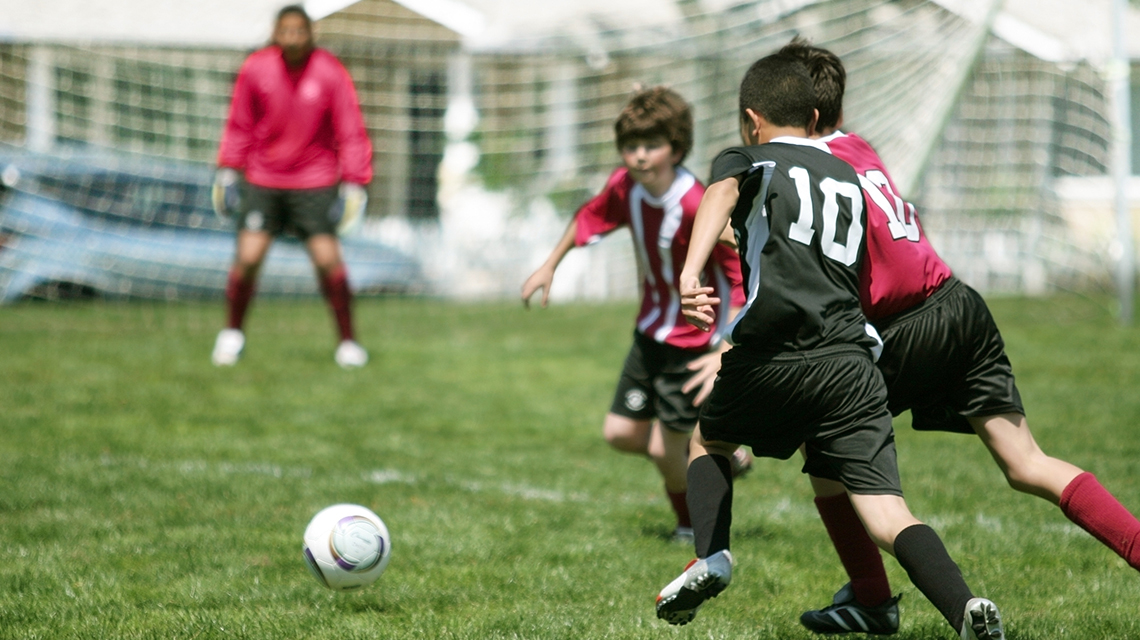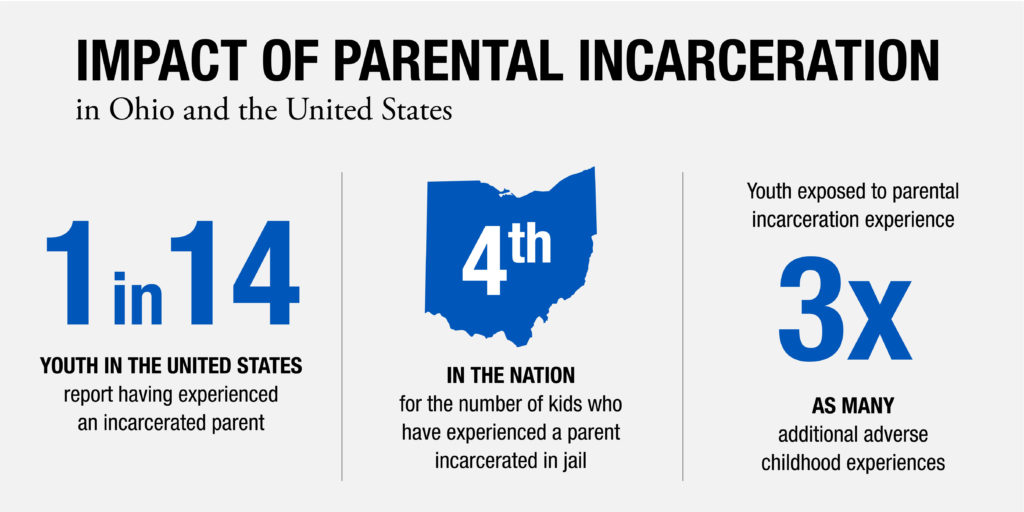Exercise as Medicine: What Does This Really Mean?
Exercise as Medicine: What Does This Really Mean? https://pediatricsnationwide.org/wp-content/uploads/2021/03/AdobeStock_646489_header-1024x575.jpg 1024 575 Alyssa Schafer https://secure.gravatar.com/avatar/06e0823354f0222d9a63563756fdacb4?s=96&d=mm&r=gA child’s lack of exercise can contribute to numerous health issues. “Currently, physical inactivity is ranked as the number four cause of death. 5.5% of deaths are due to physical inactivity which is totally preventable and treatable,” says James MacDonald, MD, MPH, a physician for Nationwide Children’s Sports Medicine. The question at large is how much do…







